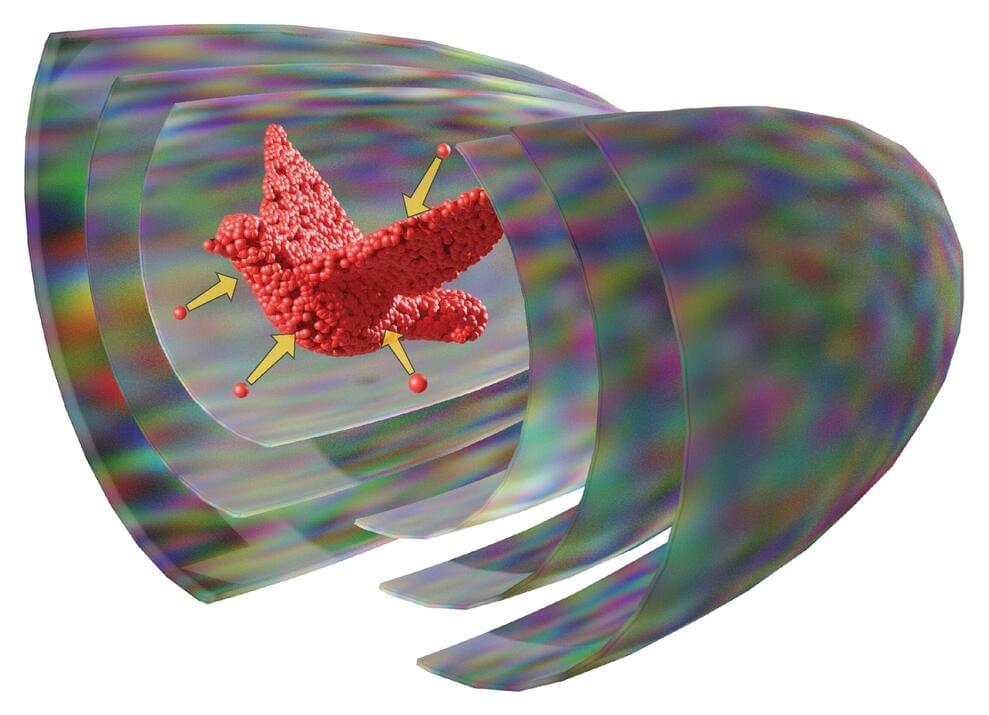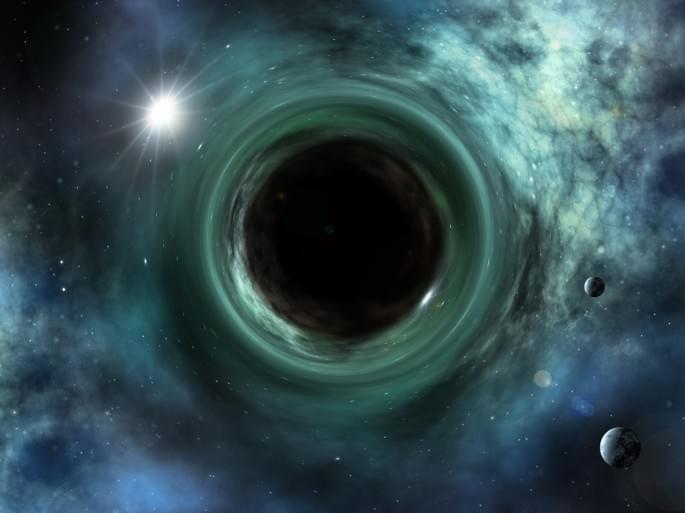On the fifth anniversary of Stephen Hawking’s death, close friend and colleague Thomas Hertog unpacks the trailblazing physicist’s thoughts on the Big Bang’s origins.


We showcase the Proto infinity wall, the Proto Epic, and the Proto M. Watch and enjoy, or else.
None of this happens without the entire team at Proto. The Protopians are made up of world class engineers, salespeople, resellers, investors, producers, developers, and partners. Without them, Proto is just a good idea. They’re the people who actually make these innovations happen.
Besides California Live on NBC, Proto has also been seen on America’s Got Talent, Ellen, and The Today Show. Proto has racked up 2 Fast Company innovation award wins, Innovation of the year at SXSW, and is a 4x CES winner. Proto is a VC & mega-celebrity backed technology company based in Los Angeles with satellite showrooms and partners in New York, San Francisco, Dallas, Las Vegas, Nashville, Toronto, Brisbane, London, Taipei, Jakarta, Columbus, Milan, Tokyo, Hong Kong, and Seoul.
Want to see a demo? Schedule one here. ProtoHologram.com


That’s exactly what researchers in Germany set out to do, making use of “acoustic holograms” to form distinct 3D shapes out of particles suspended in water — all in “one shot,” said study lead author Kai Melde, a researcher from the Max Planck Institute, in a press release.
According to a study on the work, published last week in the journal Science Advances, the researchers were able to create a helix and a figure 8 out of silica gel beads, assembled biological cells into spherical clumps, and even provided a compelling concept for forming the shape of a dove in future experiments.
These acoustic holograms work by cleverly manipulating the pressure exerted by high frequency ultrasonic waves via the inexpensive use of a conventionally 3D-printed plate.
Science fiction films love to show off huge leaps in technology. The latest Avatar movie features autonomous, spider-like robots that can build a whole city within weeks. There are space ships that can carry frozen passengers lightyears away from Earth. In James Cameron’s imagination, we can download our memories and then upload them into newly baked bodies. All this wildly advanced tech is controlled through touch-activated, transparent, monochrome and often blue holograms. Just like a thousand other futuristic interfaces in Hollywood.
When we are shown a glimpse of the far future through science fiction films, there are omnipresent voice assistants, otherworldly wearables, and a whole lot of holograms. For whatever reason these holograms are almost always blue, floating above desks and visible to anyone who might stroll by. This formula for futuristic UI has always baffled me, because as cool as it looks, it doesn’t seem super practical. And yet, Hollywood seems to have an obsession with imagining future worlds washed in blue light.
Perhaps the Hollywood formula is inspired by one of the first holograms to grace the silver screen: Princess Leia telling Obi-Wan Kenobi that he is their only hope. Star Wars served as an inspiration for future sci-fi ventures, so it follows that other stories might emulate the original. The Avatar films have an obvious penchant for the color blue, and so the holograms that introduce us to the world of Pandora and the native Na’vi are, like Leia, made out of blue light.

Scientists from the Micro, Nano and Molecular Systems Lab at the Max Planck Institute for Medical Research and the Institute for Molecular Systems Engineering and Advanced Materials at Heidelberg University have created a new technology to assemble matter in 3D. Their concept uses multiple acoustic holograms to generate pressure fields with which solid particles, gel beads and even biological cells can be printed.
These results pave the way for novel 3D cell culture techniques with applications in biomedical engineering. The results of the study were published in the journal Science Advances.
Additive manufacturing or 3D printing enables the fabrication of complex parts from functional or biological materials. Conventional 3D printing can be a slow process, where objects are constructed one line or one layer at a time. Researchers in Heidelberg and Tübingen now demonstrate how to form a 3D object from smaller building blocks in just a single step.

The “one-shot” process paves the path for cutting-edge 3D cell culture methods with biomedical engineering applications, claim the scientists.
German scientists have created a new technology that helps them print 3D objects with sound waves.
The design creates pressure fields using several acoustic holograms, which can be used to print solid particles, gel beads, and even living cells, according to the study released on Thursday.
Carloscastilla/iStock.
The new method of 3D matter assembly was developed by researchers from the Institute for Molecular Systems Engineering and Advanced Materials and the Micro, Nano, and Molecular Systems Lab at the Max Planck Institute for Medical Research at Heidelberg University.
Proto is betting that companies will view their 7-foot-tall holographic projection boxes as an alternative for in-person meetings. At least a half-dozen startups and giants like Google and Microsoft already are.
——-
Like this video? Subscribe: https://www.youtube.com/Bloomberg?sub_confirmation=1
Become a Quicktake Member for exclusive perks: https://www.youtube.com/bloomberg/join.
Bloomberg Originals offers bold takes for curious minds on today’s biggest topics. Hosted by experts covering stories you haven’t seen and viewpoints you haven’t heard, you’ll discover cinematic, data-led shows that investigate the intersection of business and culture. Exploring every angle of climate change, technology, finance, sports and beyond, Bloomberg Originals is business as you’ve never seen it.
Subscribe for business news, but not as you’ve known it: exclusive interviews, fascinating profiles, data-driven analysis, and the latest in tech innovation from around the world.
Visit our partner channel Bloomberg Quicktake for global news and insight in an instant.

O.o! If the universe is some sorta hologram then this could be a clue to our actual reality.
Last December, the Nobel Prize in Physics was awarded for experimental evidence of a quantum phenomenon that has been known for more than 80 years: entanglement. As envisioned by Albert Einstein and his collaborators in 1935, quantum objects can be mysteriously correlated even when separated by great distances. But as strange as the phenomenon may seem, why is such an old idea still worthy of the most prestigious award in physics?
Coincidentally, just weeks before the new Nobel laureates were honored in Stockholm, another team of respected scientists from Harvard, MIT, Caltech, Fermilab and Google reported that they ran a process on Google’s quantum computer that could be interpreted as a wormhole. Wormholes are tunnels through the universe that can function as a shortcut through space and time and are loved by science fiction fans, and although the tunnel realized in this latest experiment only exists in a two-dimensional toy universe, it could be a breakthrough for the future represent research at the forefront of physics.
But why does entanglement have to do with space and time? And how can it be important for future breakthroughs in physics? Properly understood, entanglement means that the universe is what philosophers call “monistic,” that is, at the most fundamental level, everything in the universe is part of a single, unified whole. It is a defining property of quantum mechanics that its underlying reality is described in terms of waves, and a monistic universe would require universal functioning. Decades ago, researchers such as Hugh Everett and Dieter Zeh showed how our everyday reality can emerge from such a universal quantum mechanical description. But it is only now that researchers such as Leonard Susskind and Sean Carroll are developing ideas as to how this hidden quantum reality could explain not only matter but also the structure of space and time.
